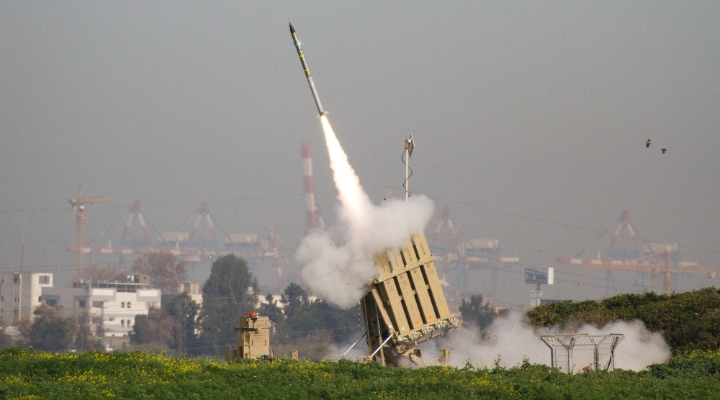
The Hamas attack against Israel and Gaza over the weekend should ultimately not be material for oil markets, in our view. Gaza produces no oil, while Israel produces only a small amount for its own use. However, oil prices were up as much as 5% at one point before retreating, as we think investors are concerned the conflict could destabilse the wider Middle Eastern region, which serves as a transit point for nearly one in every five barrels produced globally.
The biggest risk is that if Israel chooses to retaliate against Iran, a known sponsor of Hamas, and whose senior officials worked with Hamas to plan the attack, per the Wall Street Journal. Iran produced about 3 million barrels per day of oil in July 2023. The vast majority of Iranian oil exports end up in China, in our view. We see this event as unlikely, as it would represent a significant escalation over prior Israeli-Palestine conflicts. On the other hand, the conflict would provide a pretext for the US to harden sanctions against Iran, as its more informal relaxation of sanctions recently allowed Iranian oil production to increase materially in recent months to help offset the withheld Saudi Arabian and Russian oil supply. US officials have yet to confirm any Iranian connection to the attacks.
However, even if this more dire scenario would occur, the oil markets today have more leverage to respond than in the past. Saudi Arabia and Russia’s 1.3 million barrels per day of temporary cuts can be unwound relatively quickly. In addition, higher interest rate costs, as Treasury bills hit some of the highest levels in decades last week, have sparked concerns about slowing global growth and therefore slowing oil demand.
Thus, higher oil prices are beginning to cause some signs of demand destruction. One area of concern was that finished motor gasoline supplies fell to 8 million barrels per day last week, according to the US Energy Information Administration. This is typically a proxy for US demand, and it is the lowest number this year. While the ability for US oil production to respond would be delayed, likely three to six months or more, higher oil prices would prompt private oil producers to increase activity as well.
These efforts would be in addition to existing concerns regarding the durability of China’s oil demand, which we see as the majority of oil demand growth this year. In China, consumer prices declined in July before rebounding to positive territory in August, while producer prices fell for the seventh straight month. Both indicators signal weakness in consumer demand, but also exports.








.jpg)



















